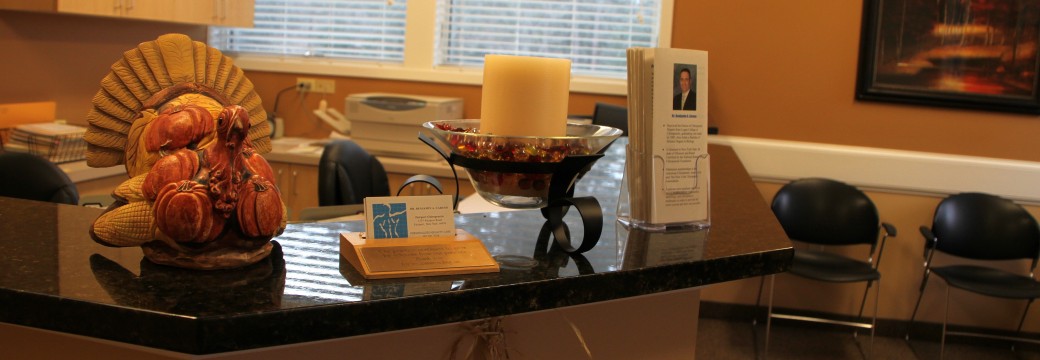Groundhog Day
Groundhogs belong to the group of large ground squirrels known as marmots. While most
marmots live in the mountains, groundhogs, also known as woodchucks, are actually lowland creatures, hence the reason many people have seen or can recognize a groundhog at first glance. Another reason for that is the groundhog’s prevalence in popular culture, particularly that of North America.
Each year, in both the United States and Canada, Groundhog Day is celebrated. Traditionally the day serves to determine how long winter will last. If the groundhog sees his shadow, that means there will be six more weeks of winter. If not, that means winter will end shortly. Different regions of the country boast different local prognosticating groundhogs, the most notable of which is Pennsylvania’s Punxsutawney Phil.
While the earliest American reference to Groundhog Day dates back to the mid nineteenth century, the holiday actually extends back several centuries into German and French folklore. Perhaps the holiday’s ability to withstand the test of time is a testament to the physical strength of the groundhog. Known for its cute and cuddly appearance, the groundhog is actually quite strong. Exceptional burrowers, groundhogs are said to move 700 pounds of dirt when digging a burrow.
Groundhog Day is February 2.

